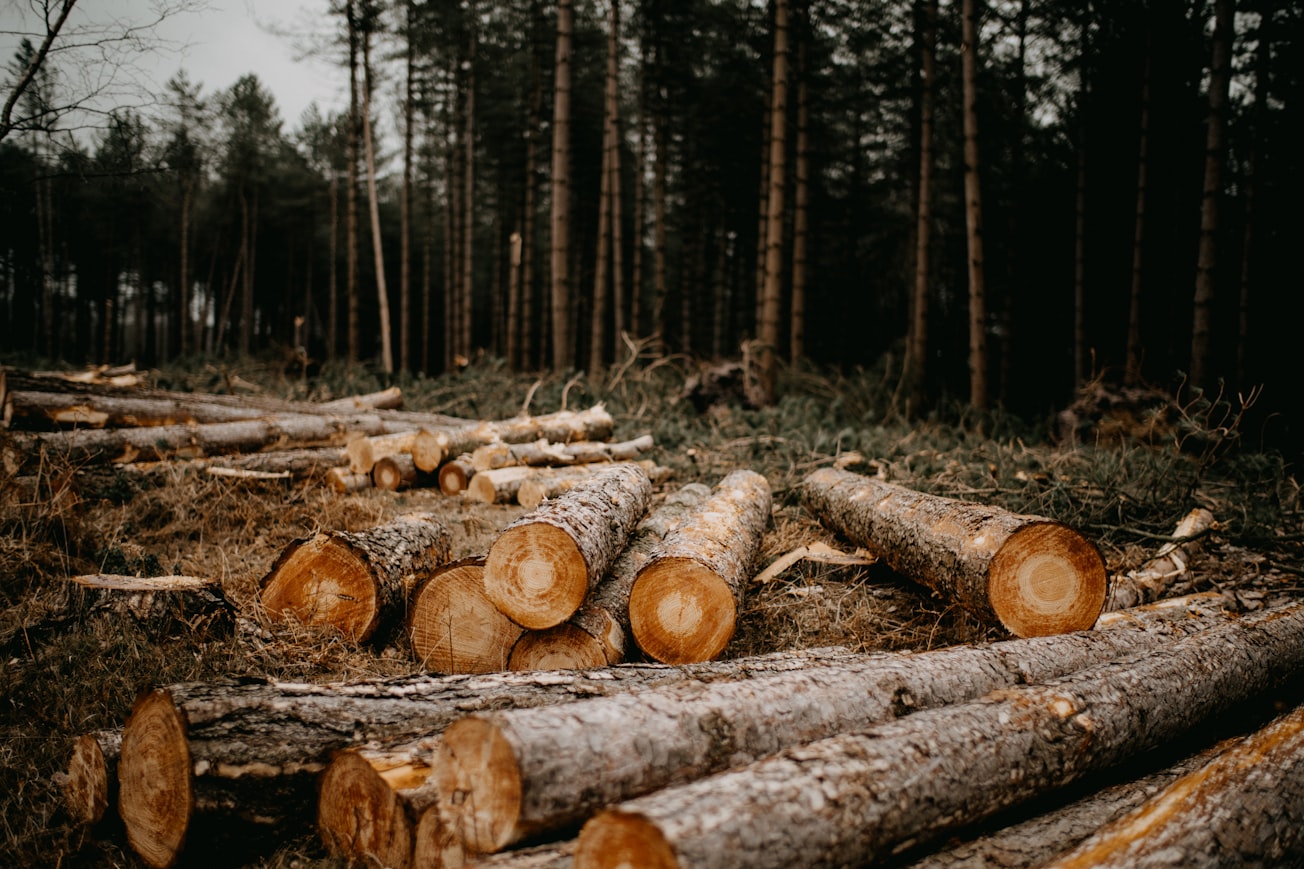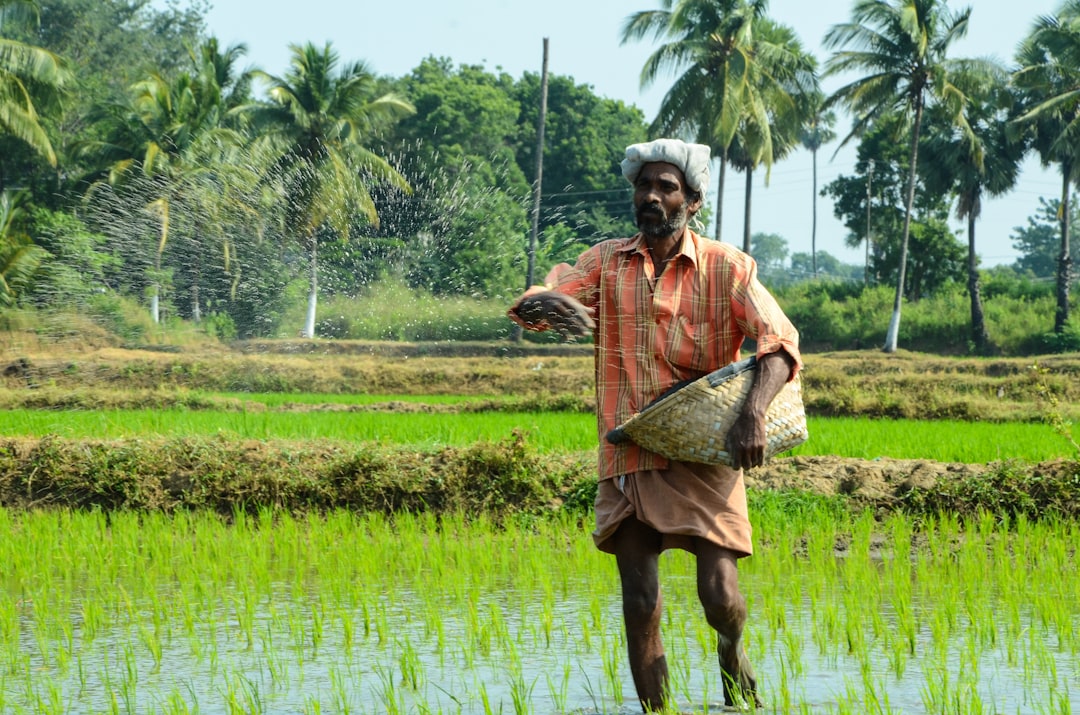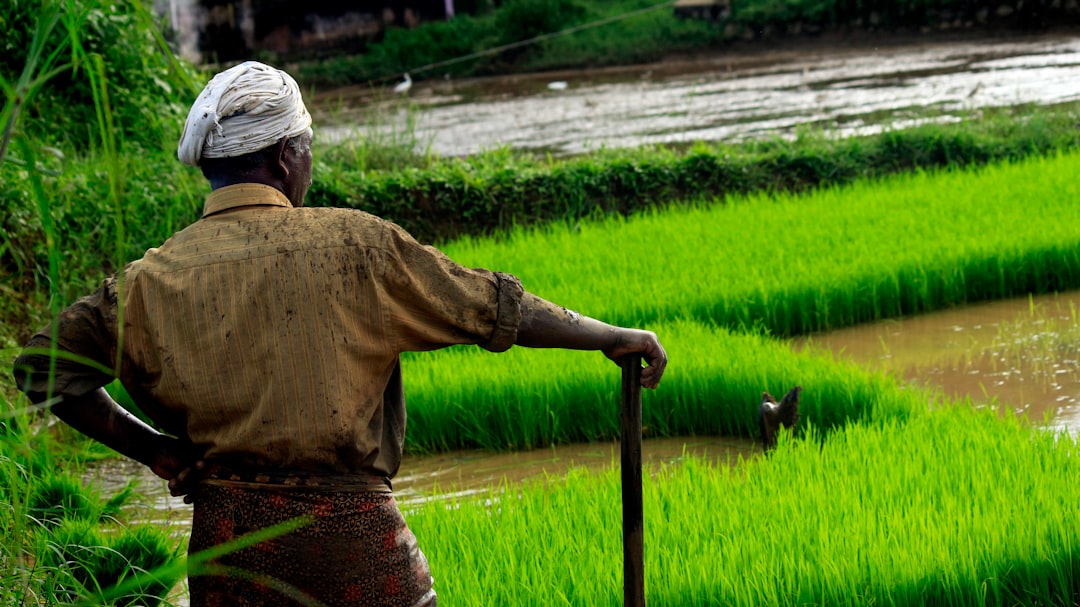What is it about?
Forest clearance, or removal of forests from land, is a major problem in the tropical regions. It has led to the loss of large areas of tropical forests. Stopping it is difficult as the causes of forest clearance are diverse. Further, they are interconnected and occur at different scales. In Mexico, for instance, large areas of forest are cleared every year. Most of it happens in the tropical forests of the Yucatan peninsula. To conserve these forests, we need to understand what is causing these forest clearances. This study looked at the forest removal process in the state of Quintana Roo in the Yucatan Peninsula. It analyzed how forest clearance was related to conservation land use practices. It also examined how it was affected by community forest management (CFM) in commonly owned land. The study found that the main causes of forest removal were livestock rearing and maize production. Mechanical agriculture and development of cities for tourism caused high rates of forest removal as well. Another big threat was forest fire. One of the factors that reduced forest removal was CFM. Milpa cultivation, in which maize is grown among other crops, was another factor. Conservation efforts in the form of protected areas helped in forest conservation as well.
Featured Image

Photo by Annie Spratt on Unsplash
Why is it important?
Forest conservation is important to fight climate change. To stop forest removal, it is necessary to understand the causes behind it. Once we realize what practices cause the loss of forest cover, we can take steps to counter them. KEY TAKEAWAY: CFM is an effective approach to reducing forest clearance. Steps need to be taken to increase community involvement in forest conservation. This means combining CFM with land sharing practices like milpa cultivation. This research relates to the following Sustainable Development Goals: • SDG 15: Life on Land • SDG 13: Climate Action • SDG 11: Sustainable Cities and Communities
Read the Original
This page is a summary of: Deforestation Processes in the State of Quintana Roo, Mexico, Tropical Conservation Science, January 2017, SAGE Publications,
DOI: 10.1177/1940082917697259.
You can read the full text:
Resources
Contributors
Be the first to contribute to this page










